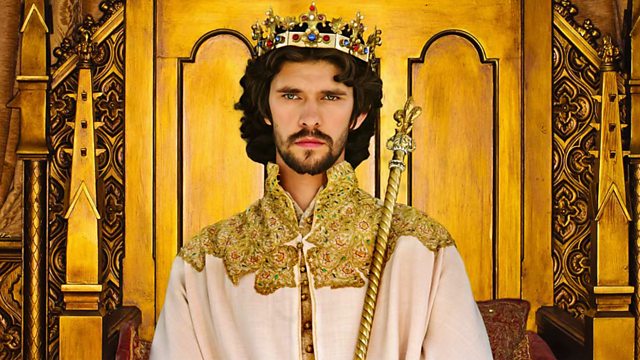
Covering one of the most tumultuous periods of English history, Shakespeare’s history plays chronicle the transition of England from the late middle ages into the modern world through the deposition of monarchs, civil wars, rebellion, and England’s break from the Church of Rome. The ten plays that are classified as ‘histories’ in Shakespeare’s posthumous First Folio (1623) range from the reign of King John (1199-1216) to Henry VIII (1509-47). Rather unoriginally, all ten plays are named after monarchs, but their vision of history is certainly not as elitist and male-centred as their titles might suggest. Once thought to reflect a hierarchical and essentially conservative ‘Elizabethan World Picture’ (E. M. Tillyard), Shakespeare’s histories are now considered to offer a more troubled and heterogeneous picture of England’s past. One of Shakespeare’s great innovations in the history play is a considerable widening of its demographic scope. Women feature prominently in Shakespeare’s histories, sometimes demonised, as the “witch” Joan of Arc, or credited with a ‘tiger’s heart wrapped in woman’s hide’. In other cases, however, they are also powerful and even prophetic voices of dissent and judgement. By introducing a large cast of characters from all social classes, Shakespeare offers a panoramic view of history that sheds light on the cruel consequences of aristocratic political power play for ordinary citizens and creates a space for popular discontent and political critique. However, Shakespeare’s histories are not all doom and gloom, but also offer ample occasions for merriness and humour when the scene changes from battlefields to London’s noisy taverns, highway robberies gone wrong, or the marriage bed of young aristocrats. The Henry IV plays, in particular, gave birth to one of Shakespeare’s most beloved creations, the cowardly braggart Falstaff, whose dazzling wit and joy de vivre immediately endeared him to Shakespeare’s audiences and has kept him in their favour ever since.
This lecture will provide an overview of all of Shakespeare’s histories, but will concentrate in particular on the so-called second tetralogy or ‘Henriad’ (Richard II, Henry IV Part 1 and 2, Henry V), which chronicles Henry Bolingbroke’s usurpation of the throne of England, and his prodigal son’s coming of age and eventual, ambivalent rise to greatness as Henry V. Themes to be discussed in more detail include Shakespeare’s portrayals of leadership and power in the field of tension between traditional religious justifications of the monarchy and the more modern Machiavellian view of power as performance that is divorced from any moral considerations. We will also have a look at how Shakespeare’s plays construct and question masculinity, how they portray female political agency, or how they reflect on English nationhood – and continue to shape English national consciousness to this day. Finally, one of the defining traits of the early modern history play is its tendency to establish parallels with contemporary political developments at the time of their composition, so we will also consider how Shakespeare’s histories comment on the political developments of his own time.
Learning Outcomes
On completion of the lecture, students will have become familiar with Shakespeare’s histories and their vision(s) of English medieval history. They will be familiar with the generic conventions of the history play, one of the most popular genres on the late Elizabethan play, and they will be able to identify the Elizabethan political and religious debates about political authority and history on which Shakespeare reflects on his histories.
Bibliography
Primary texts (or excerpts) that students are expected to read will be made available online. A full bibliography for further (voluntary) reading will be made available on Moodle at the beginning of the semester, too.
- Docente: Kilian Markus Schindler
